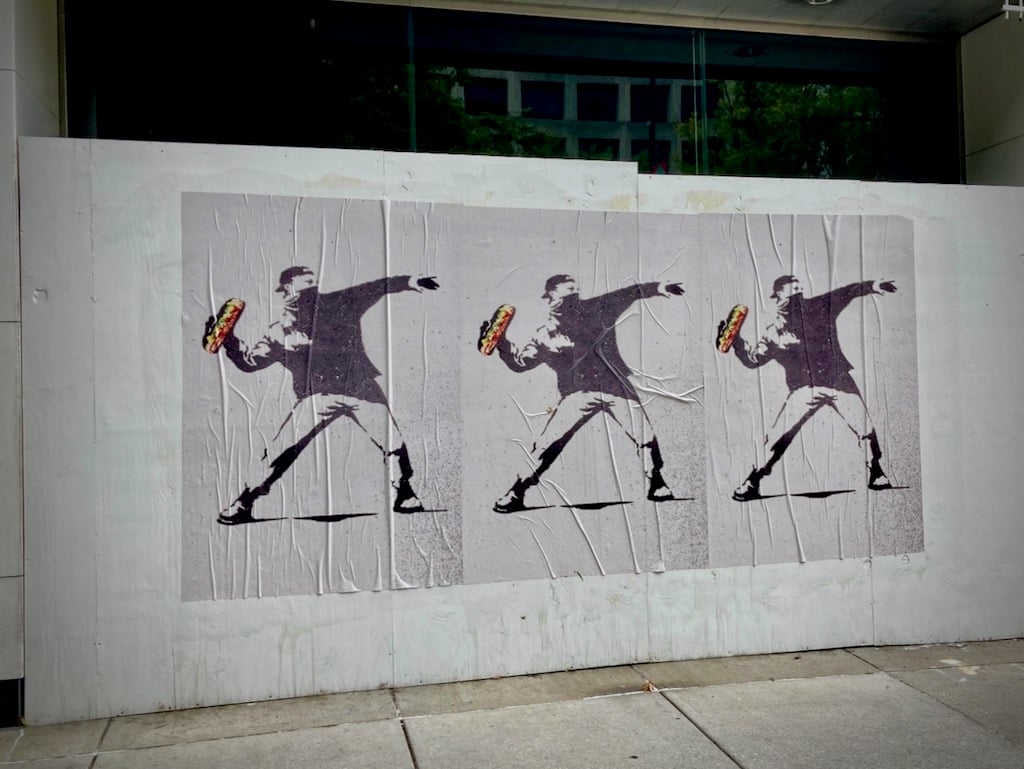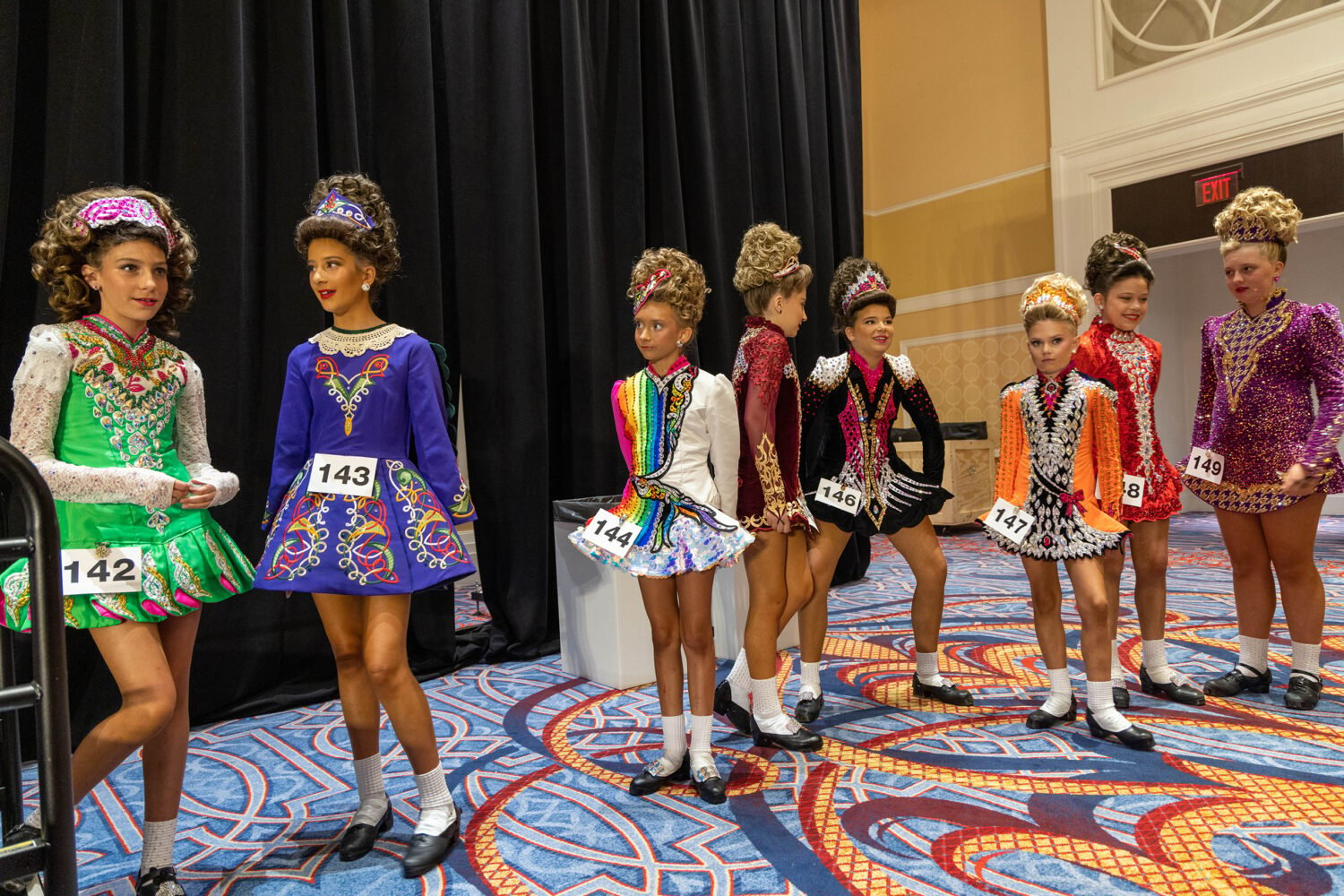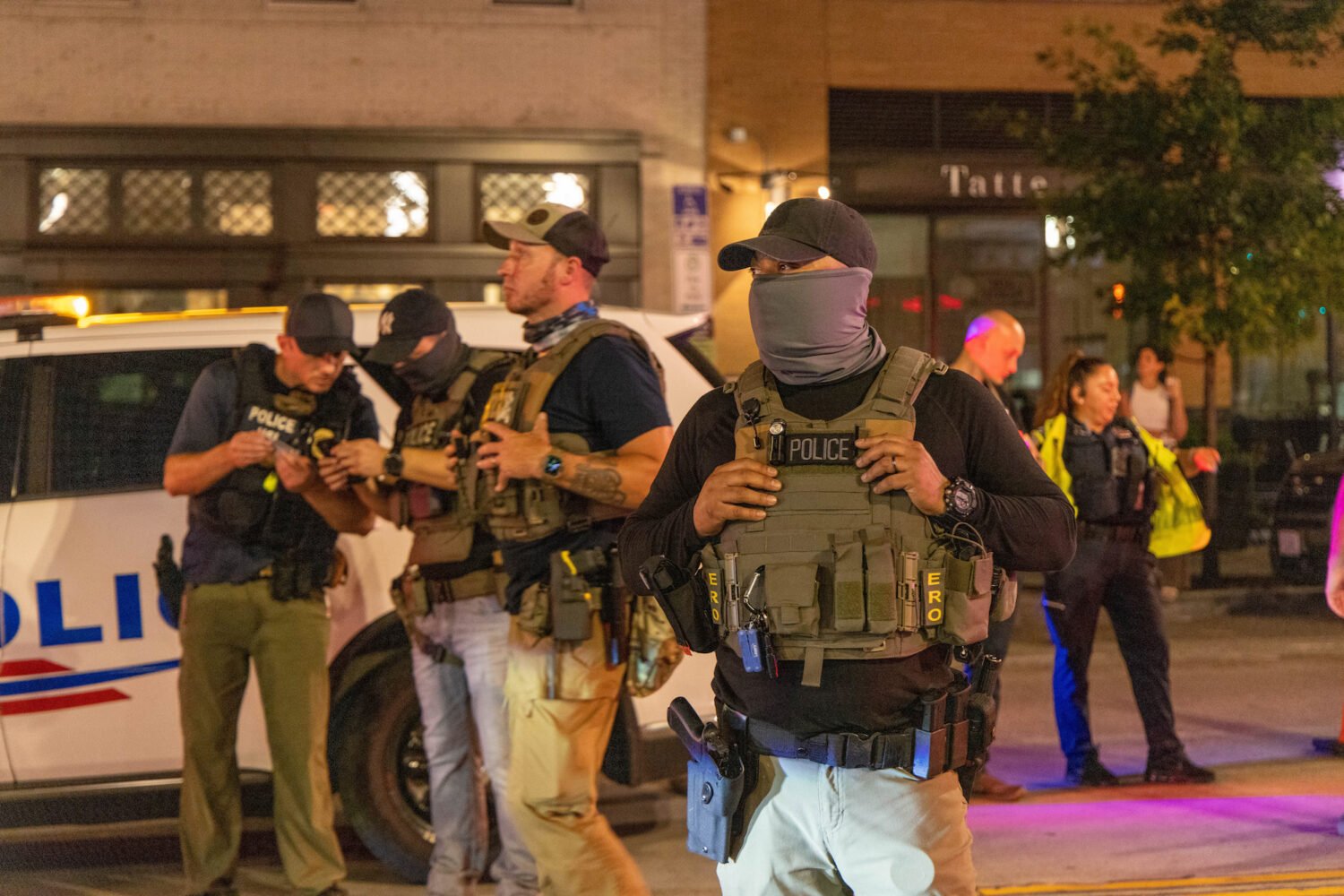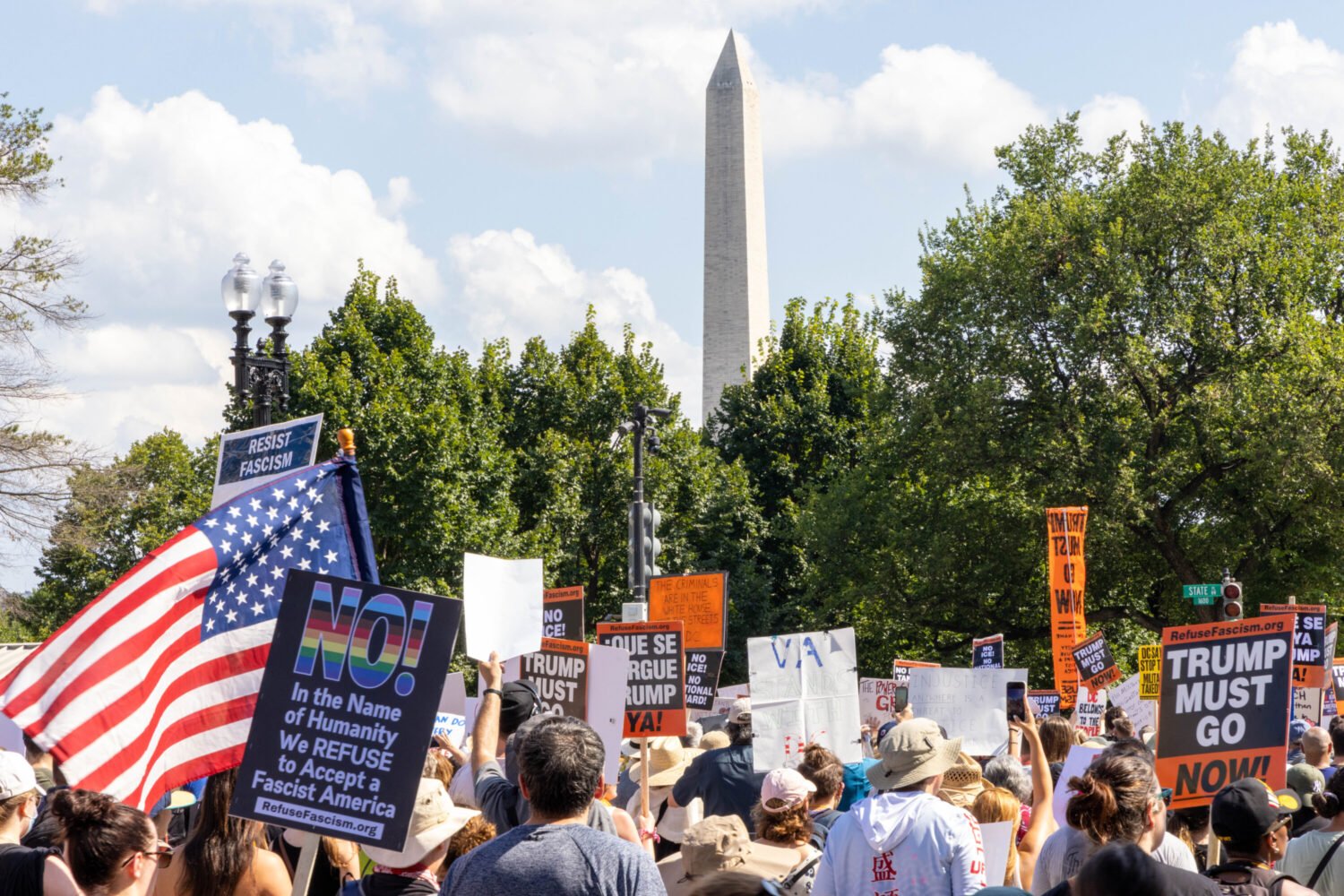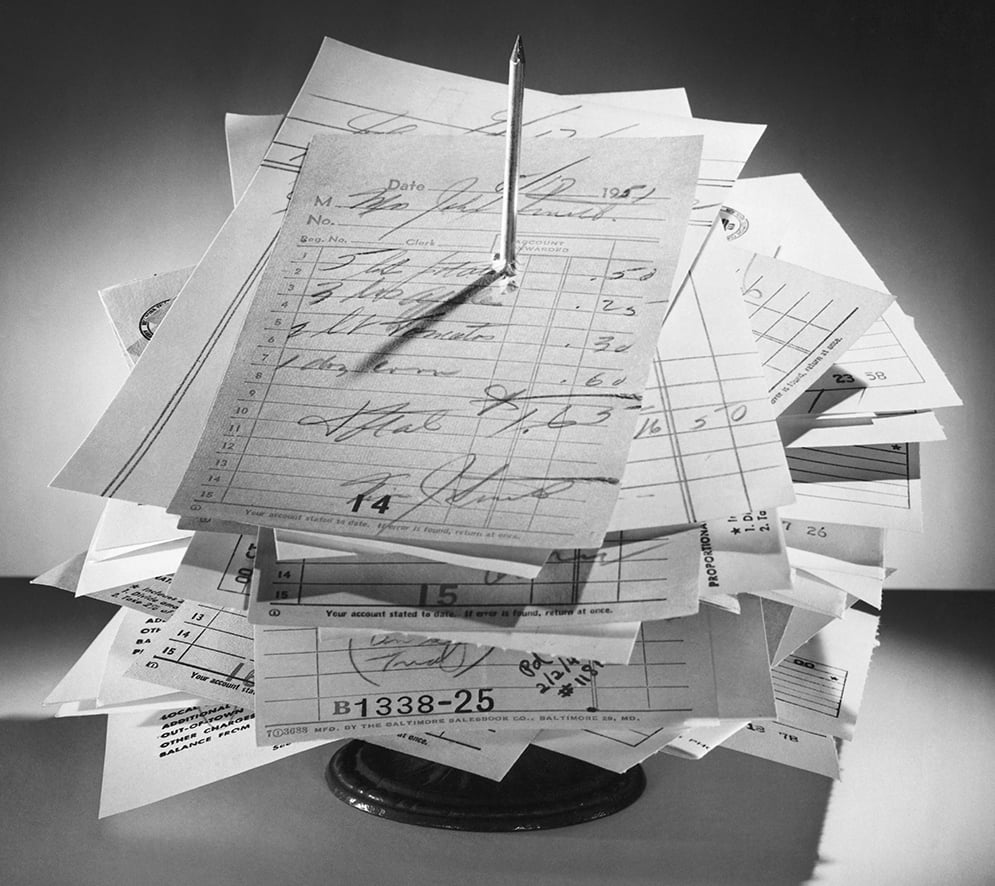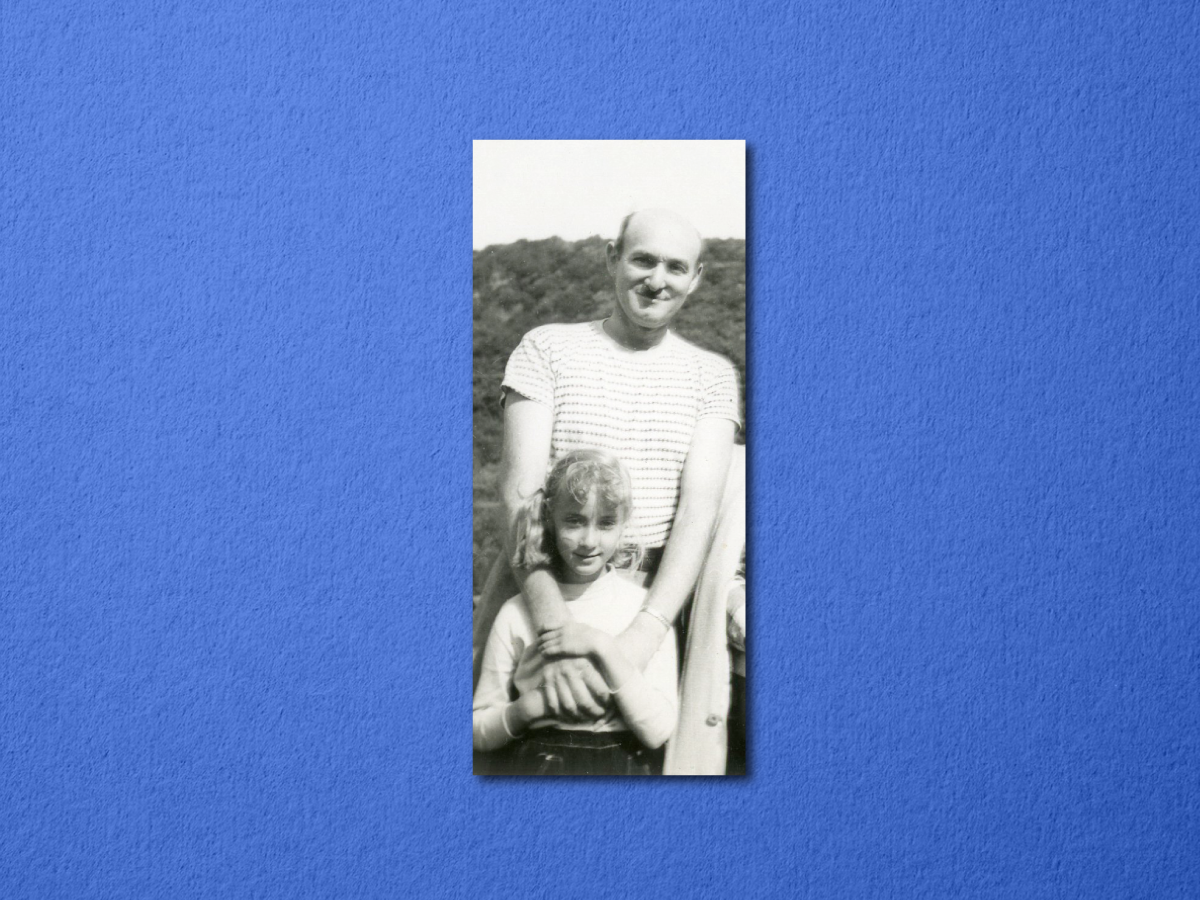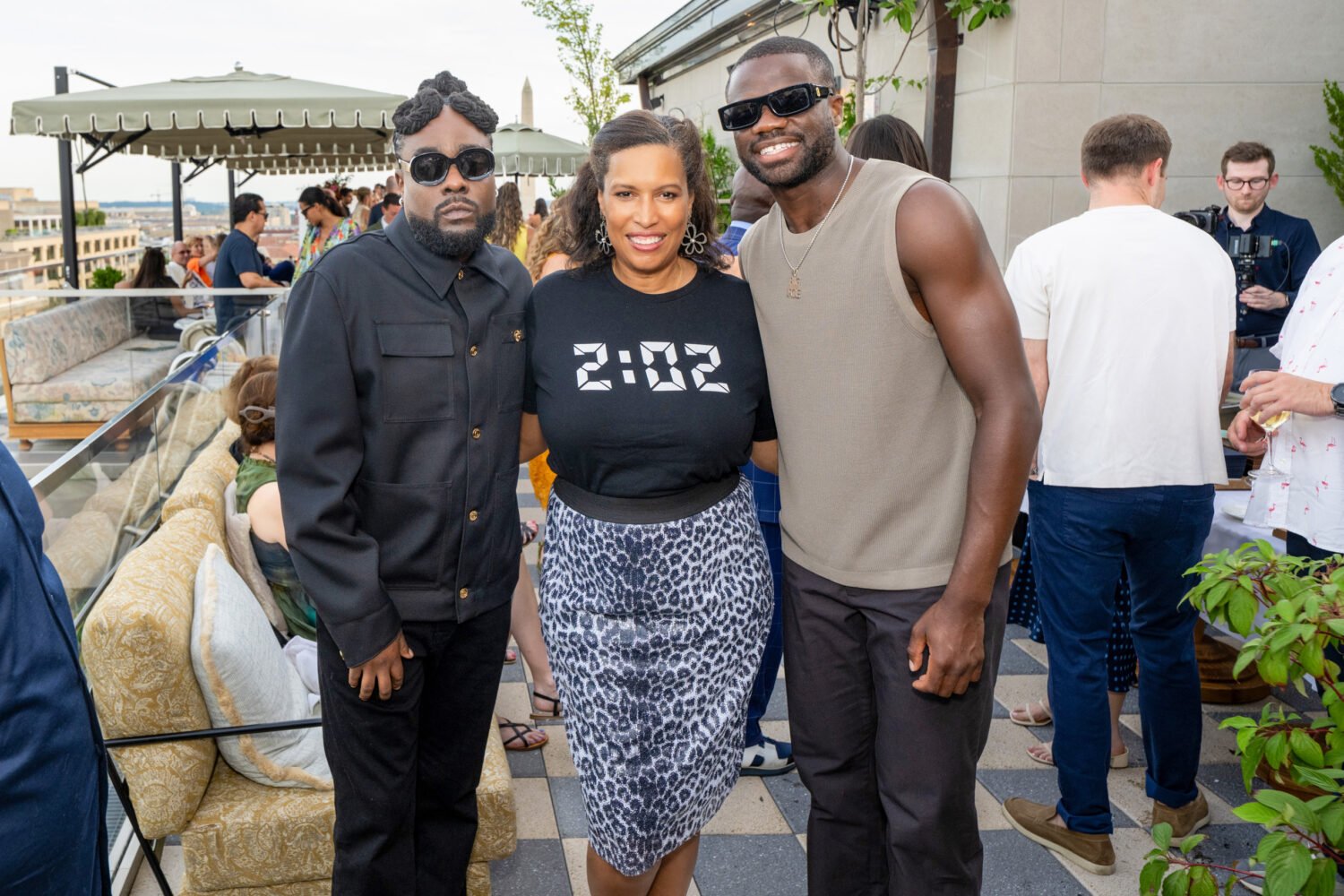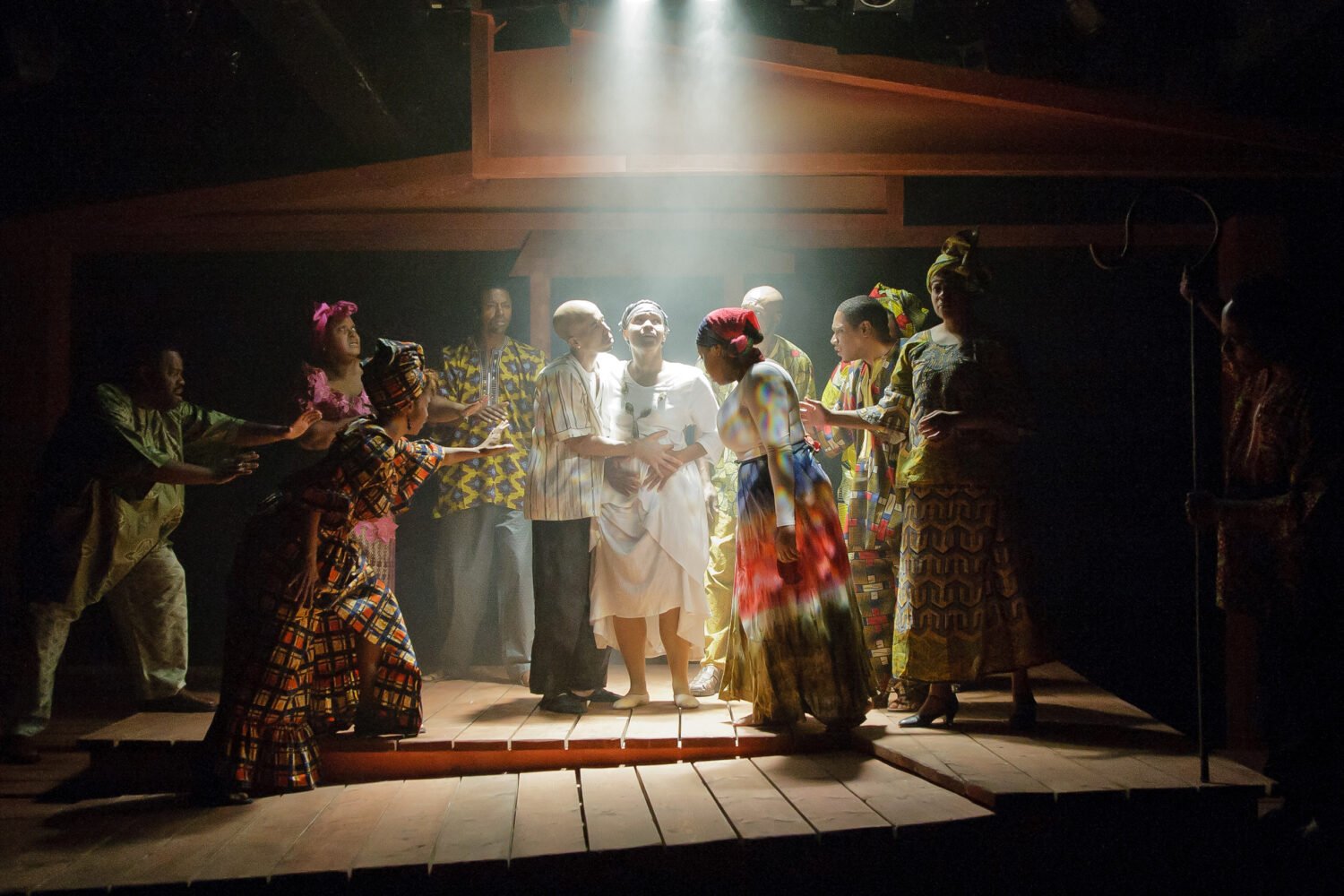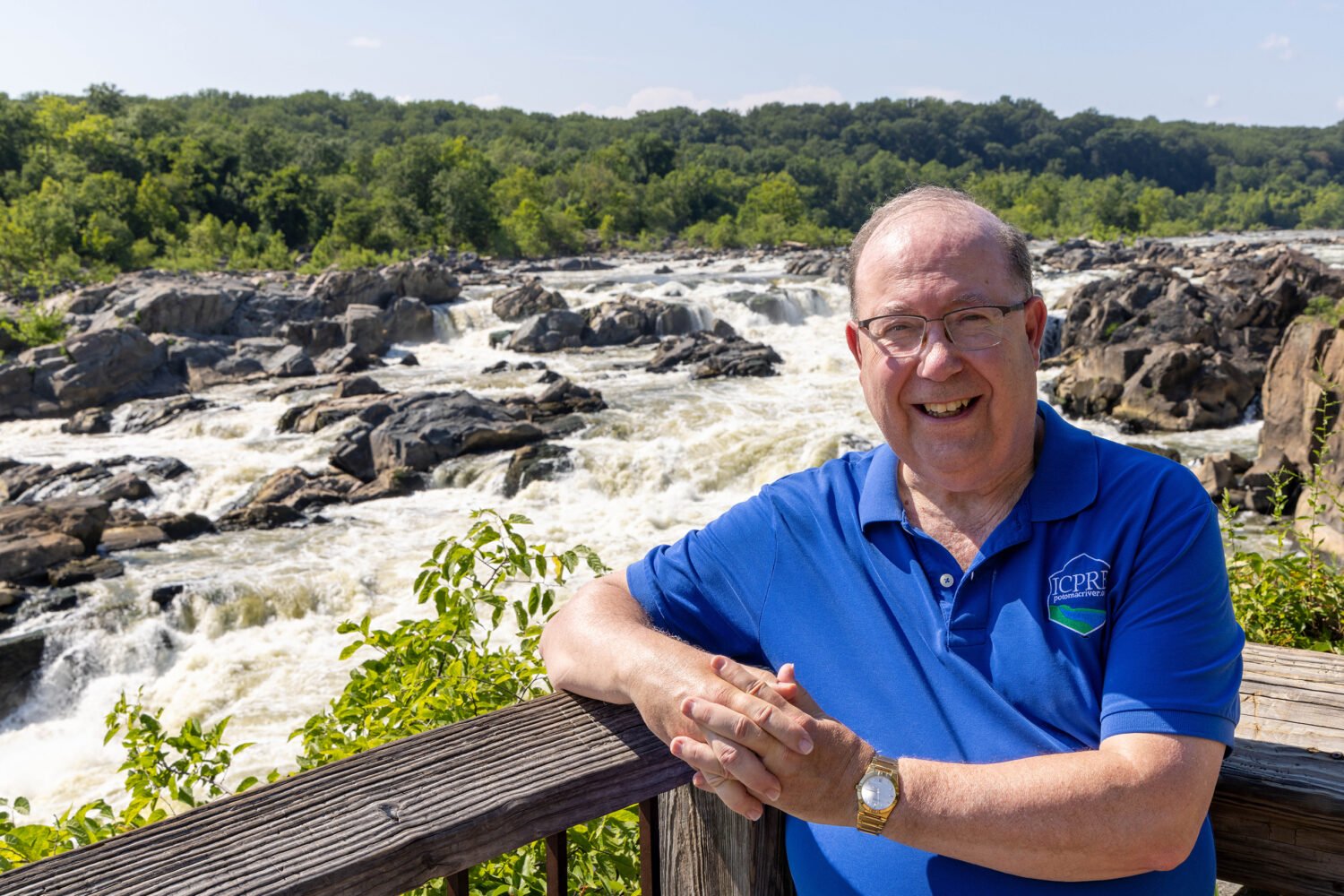“I wanted to open up a neighborhood place to drink,” says Bill Thomas, sitting amid an assortment of 100-year-old bottles of bourbon. “My partners and I were kicking around ideas one night, and I noticed we were all having bourbon. Then it dawned on me: Bourbon was the definitive American drink.”
And thanks to Thomas, it’s fast becoming the drink of the moment in Washington.
When Thomas’s bar and restaurant—called Bourbon—opened 3½ years ago in DC’s Glover Park, many young drinkers thought of bourbon as something that was mixed into mint juleps at the Kentucky Derby. But a new crop of bourbonites has emerged: discerning bar rats in their twenties and thirties who have developed a passion for the venerable drink, spurning cheaper Bourbons in favor of higher-quality versions.
Bourbon is inexpensive compared with Scotch or Cognac, and its long shelf life means Thomas can offer more than 80 selections, most for under $10 a glass. With so many well-priced bourbons on the list, seasoned bourbon lovers will find many of their favorites—there are more than a dozen selections from the terrific Buffalo Trace distillery alone—and with the help of Bourbon’s bartenders, novices can assemble inexpensive tasting flights to learn about different styles.
Thomas isn’t solely responsible for the bourbon resurgence. Acadiana, in downtown DC, offers a formidable list of 40 bottlings, many of them small-production, single-barrel gems. Scott Clime, who buys spirits for the restaurant, notes that today’s bourbon craze “is the same thing that happened with single-malt Scotch in the 1990s. People are becoming more and more selective and discerning in the bourbons they order.”
Says Rick Genderson, of Schneider’s on Capitol Hill, “Four years ago, we offered only a few single-barrel bourbons; now we have over 40 on our shelves. People have switched away from Jim Beam White Label and have started to recognize bourbon as a serious sipping drink instead of just a mixer.”
Bourbon’s booming popularity has led Thomas to open a second outpost of his bar in Adams Morgan, and he’s considering a third—a more upscale atmosphere in which to sip and savor our nation’s most important drink.
If that sounds like hyperbole, consider this: No other drink—not gin, not rum—is so bound up in American history. In 1794, George Washington nearly went to war over bourbon. Pennsylvania farmers, furious over Secretary of Treasury Alexander Hamilton’s tax on distilled spirits, protested furiously. Tax collectors had been threatened, even tarred and feathered, houses were being burned, and the Whiskey Rebellion had reached a boiling point.
Washington mobilized more than 13,000 troops and marched north toward Pennsylvania to quell the dissent. He dispatched negotiators in advance, who reached accord with the rebels before the conflict came to a head. Still, the federal government’s quashing of the rebellion drove many of the Pennsylvania farmers south to Kentucky, a state outside the reach of federal influence. To this day, 98 percent of all bourbon is made in Kentucky, most of it by nine distilleries.
All bourbon is whiskey, but to carry the name bourbon it must spend a minimum of two years in new, charred oak barrels. The mash must be at least 51 percent corn, the remainder composed of barley malt and either wheat or rye.
“The addition of wheat or rye is one of the defining aspects of a great bourbon,” Thomas says, noting that the two grains impart strikingly different flavors. Wheat bourbons tend to have an almost vinous, fruity character, while rye bourbons are marked by traces of pepper and leather.
For the drinker, there’s nothing on the labels to indicate which is which; the only way to know is to memorize the individual bottlings. As a general rule, any bottling by Weller, Van Winkle, Maker’s Mark, and Old Fitzgerald will use wheat.
Of course, debates over the merits of wheat versus rye bourbons don’t amount to much if the drink isn’t properly served. Good bourbon should never be served on the rocks. Despite its strength—it usually hovers around 100 proof—bourbon should be served neat, or with one small ice cube, to fully express its character. Too much ice will ruin a bourbon, just as it would ruin a wine.
“A hundred proof is my benchmark,” Thomas says. “When the alcohol gets higher than that, I’ll put a cube in to cool it down just a touch; even a few drops of water will tame it a bit.”
At less than 100 proof, bourbons tend to lose their depth and complexity of flavor. There are exceptions, one being the fine Van Winkle bottling. The popular Maker’s Mark, at 90 proof, is derided by some bourbon drinkers as something to throw into a mixed drink—not to sip by itself as you and your friends talk politics.
And speaking of politics: In 1964, 170 years after the Whiskey Rebellion, Congress passed an act—perhaps a belated apology—officially recognizing bourbon as “America’s native spirit.” Bourbon had become the nation’s drink, as important to distilled spirits as jazz is to music.
Bourbon Recommendations
(prices are for 750-milliliter bottles)
Low-end
Rye-based Old Grand-Dad Bonded. 100 proof, bottled at Jim Beam. $15 to $20.
Wheat-based Old Weller Antique “Original 107 Brand.” 107 proof, bottled at Buffalo Trace. $20 to $23.
Mid-range
Rye-based Wild Turkey “Kentucky Spirit.” 101 proof, bottled at Wild Turkey. $35 to $50.
Wheat-based Van Winkle “Special Reserve” 12-year-old “Lot B”. 90.4 proof, bottled at Buffalo Trace. $35 to $40.
Luxury
Rye-based George T. Stagg. 131 to 142 proof, depending on bottling, bottled at Buffalo Trace. $60.
Wheat-based Pappy Van Winkle “Family Reserve” 15-year-old. 107 proof, bottled at Buffalo Trace. $45 to $50.

